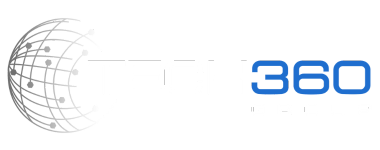The world of managed transportation is continuously evolving. With such development also comes an increasing demand for efficiency and challenges to customer satisfaction. In such cases, transportation management optimization comes as a welcoming relief to the already strained shippers.
Here are a few of the best practices of transportation management optimization that can help shippers meet the demand of higher fuel costs and decreased capacity labor.
Transportation Management Optimization #1: Consolidation
Transportation Consolidation is a strategy of logistics management. In this, a shipper combines multiple shipments from within a single geographical location (city, town, etc.) into a single large shipment container. Then, that single shipment container is hauled to a destination point. Here, the load carried is divided based on their specific final destinations, which are reached using several smaller shipments.
Consolidation is a great optimization tool as it results in lesser freight costs and improved transit time.
Transportation Management Optimization #2: Pooling
During the process of consolidation and deconsolidation, the goods must be clubbed efficiently. Otherwise, consolidation becomes just another futile way of managing transportation.
This is where Transportation Pooling comes in. Pooling is consolidation that can be done at multiple levels. One example of this is loading the goods of several manufacturers into a single truck for shipment to one distributor.
Pooling can be a great way to group orders from different providers for the upstream process.
Transportation Management Optimization #3: Continuous Moves
Continuous Moves are a great optimization strategy for carrier selection. It involves directly executing multiple freight tasks of multiple businesses without any breaks in between.
For example, a truck that starts from Point A to deliver goods to Point B can pick up the goods of another destination at the same place (and maybe even time) without having to break its move.
The aim here is to reduce the cost of multiple transport usage, and even add some environmental sustainability to the mix!
Transportation Management Optimization #4: Backhaul
Transportation Backhauling, similar to Continuous moves, involves picking up goods along its delivery routes.
It varies from Continuous moves in the sense that, unlike the latter, Backhaul involves picking up goods along their delivery routes and delivering those goods, in part or whole, on their way back to the original warehouse. It’s a back-and-forth path here.
This reduces empty miles, increases asset utilization, and incorporates reverse logistics in scope as well.
Transportation Management Optimization #5: Shipment Aggregation
When there are multiple orders from the same shipper to the same place on the same day, the shipment aggregation technique can be used to create a single shipment of these orders, which would otherwise be released as multiple shipments.
For instance, let’s say shipper A has two shipments: one that is 40 tons and another that is 20 tons. Both shipments need to reach Point Z and route via an LTL carrier. Now, instead of sending them both separately, we can aggregate them together, and thereby ship at a more cost-effective rate.
In conclusion –
Transportation management is getting increasingly challenging day by day. Hence, shippers stand to gain a lot from using the above-discussed optimization techniques. A holistic viewpoint, taking in both the inbound and the outbound freight spend and movement, is of utmost importance right now.
What are your thoughts on this? Leave us a comment!
And don’t forget to visit our website to learn more such techniques for the better management of your freight!





